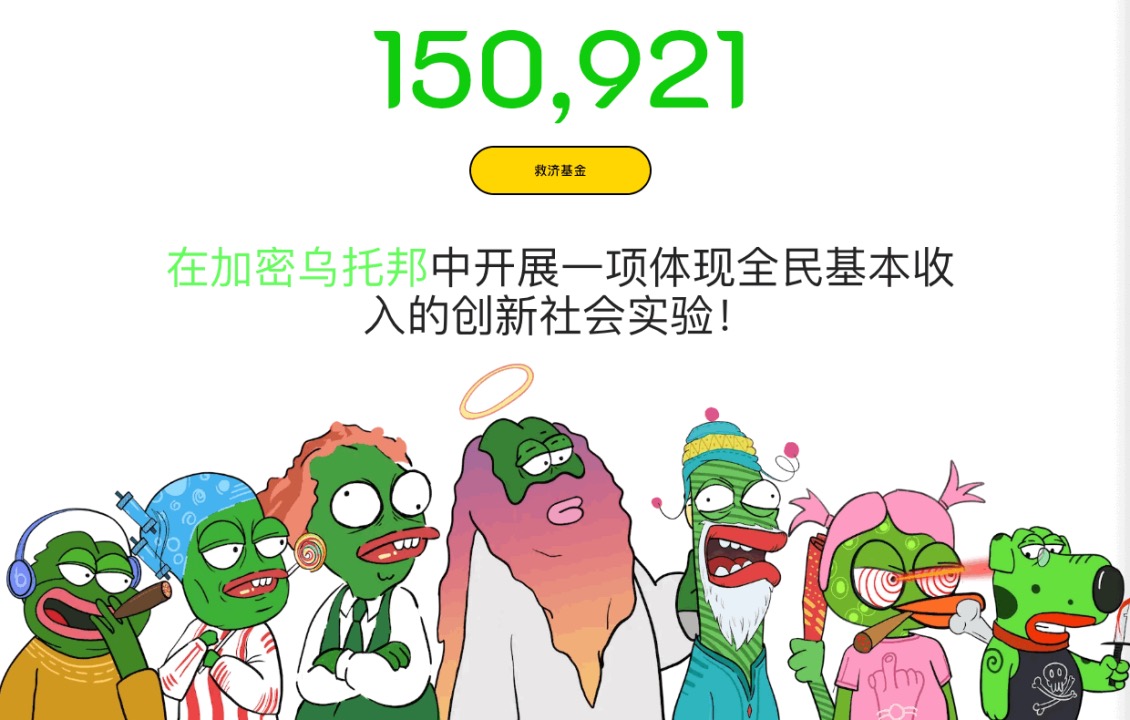Looking back on the innovation path of DeFi, how did Uniswap evolve from a founder to a culmination?
How did Uniswap evolve from its founder to its current state in the DeFi innovation path?Author: Haotian
The new version of UniswapV4 has injected a catalyst into the cold and lonely crypto industry in the bear market, and everyone can’t help but feel the paradigm power of the Uniswap framework innovation, and is also confident in the future DEX’s grabbing liquidity from CEX. However, no matter how powerful Uniswap is, it is only the culmination of the past five years of DeFi industry innovation. The same is true for the innovative moments on many DeFi protocols in the past, which are also worthy of sharing and praise.
It all started with those 500 lines of code, which, as the genes and origins of DeFi, the AMM algorithm of X*Y=K opened the “Cambrian moment” of the DeFi industry. This algorithm automated asset pricing and exchange, achieved risk hedging and arbitrage mechanisms, achieved open and anti-censorship finance, and most importantly, achieved modular reorganization of financial business, allowing finance to be combined and restructured like building blocks, laying the seeds for various gameplay in the future.
The Hooks of Uniswap V4 can add new features and characteristics to the AMM pool, and the Singleton contract changes the account framework and transaction logic, which is a framework innovation and can be imagined with countless possibilities. We take the new features introduced in Uniswap V4 as an example to review the real innovative forces that exist in the DeFi world, which began with Uniswap but are not limited to Uniswap:
- Ordinals protocol has been updated to version 0.6.2, which supports recursive inscriptions and brings randomness to inscriptions.
- Analysis of “Azuki” in Bear Market: Development Plan and Status
- Who are the internal “leakers” behind Binance’s multiple regulatory accusations?
1) “Limit Order”: At the end of 2020, dYdX implemented the limit order feature based on its underlying StarkEx L2 extension protocol’s “private order book” feature (by matching transactions in L2 hidden state and presenting the results on-chain), which is very different from the limit order logic under the V3 Concentrated Liquidity model. However, the idea of limit orders can reduce AMM transaction risks and improve efficiency, which is a particularly important innovation in the development process of DeFi;
2) “TWAMM”: In July 2021, Perpetual Protocol launched a time-weighted AMM model, which adjusts the proportion and price of tokens in the asset pool based on recent trading records, allowing AMM to quickly and accurately respond to market price changes. Overall, the introduction of time weighting not only improves price discovery efficiency, but also enhances anti-manipulation capabilities, making it difficult to manipulate AMM pricing through large orders. This is of great significance to the evolution of DeFi mechanisms.
3) “Dynamic Fee Structure”: In May 2021, GMX implemented a mechanism to dynamically adjust transaction fees based on market conditions, which greatly improves the competitiveness and pricing efficiency of AMM products. GMX can achieve algorithm-driven dynamic adjustment of transaction fees, which is more sensitive and stable than the user’s independent choice of dynamic fees provided by Curve. This time, Uniswap V4 effectively combines algorithm-driven and manual selection to further improve liquidity utilization efficiency.
“NFT injection into AMM”:
5) “Interest-bearing borrowing of funds outside the liquidity range”: In March 2021, AAVE V2 enabled the borrowing and lending of liquidity assets from AMMs in the Aave lending pool to earn additional interest income, which undoubtedly improved the efficiency of capital utilization. The key is that it realizes the combined application of DeFi across protocols and mechanisms, which opens up ideas for deep collaboration between DeFi protocols in the future;
6) “LP fee automatic compounding”: In October 2020, Curve added an auto-compounding mechanism in V2, which can automatically convert the income from LP transaction fees into LP tokens and add them to the LP position. However, this mechanism can lead to reduced amounts of LP tokens when facing price fluctuations, and even Uniswap V4 is not immune to such challenges.
“Segmentation of macro contract management into flow pools”: “Introduction of Donate function”:
Uniswap has achieved the prosperity of DeFi, but in fact, the micro-innovative forces of combined innovation in DeFi have also achieved Uniswap bit by bit. It is precisely because of the exploration of these mechanisms or concepts that have succeeded or failed that the V4 era of Uniswap is so brilliant. These days, while on a business trip to Hong Kong, amidst the complex and intricate roads, international people hurrying by, I am thinking about what Hong Kong means to web3. Hopefully, it will be just like what Uniswap means to DeFi.
We will continue to update Blocking; if you have any questions or suggestions, please contact us!
Was this article helpful?
93 out of 132 found this helpful
Related articles
- Gary Gensler’s Crypto Game: Stealing the Spotlight from Congress to Illuminate the SEC’s Path
- Understanding the Distributed AI Computing Network Gensyn
- Office of the New York Attorney General Provides Tether-Related Documents in Response to CoinDesk
- How should investors hedge their risks during the “storm” of encryption?
- Uniswap v4: What’s Next for the Top DEX?
- Evening Reading | USDT Faces Serious Selling Pressure: Are Market Makers Exiting?
- Is USDT facing severe selling pressure due to market makers exiting?





